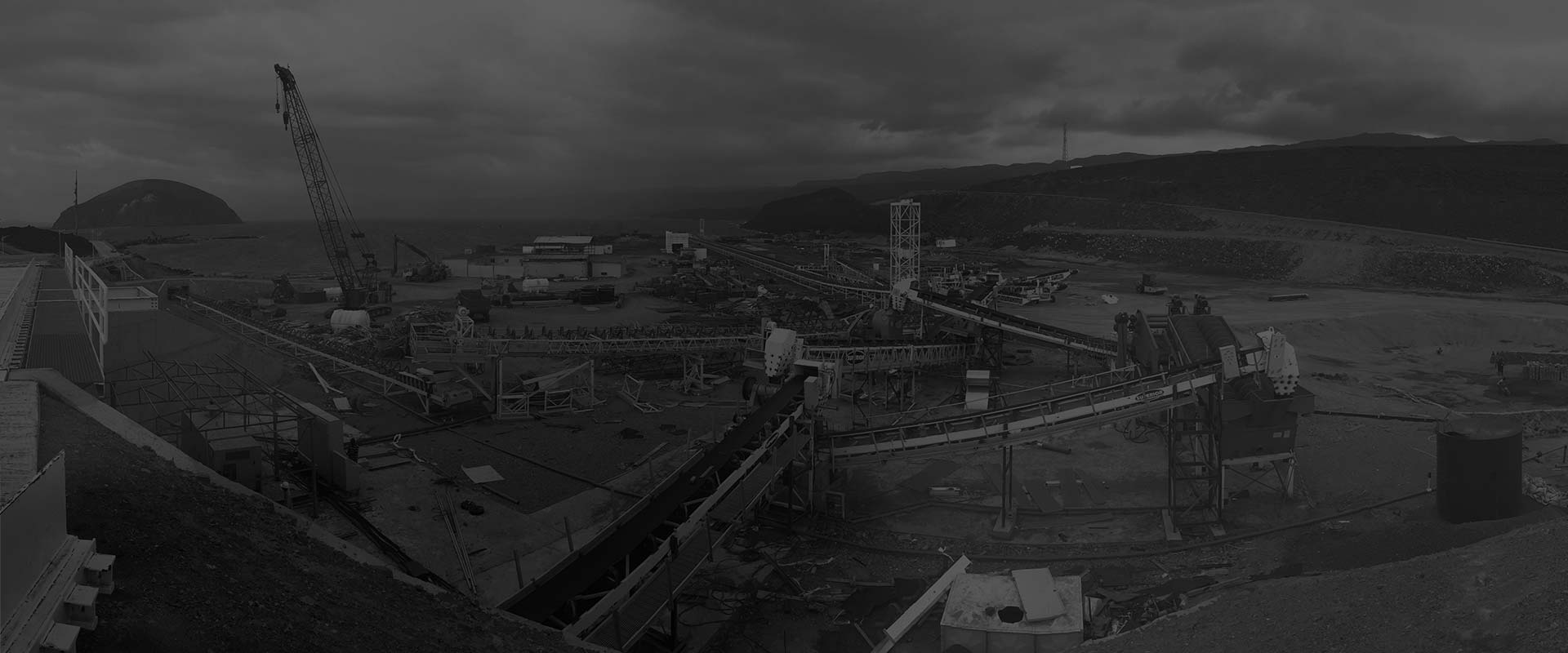0086-379-64087240
According to the different grinding methods, we can divide ball mills into dry ball mills and wet ball mills. Wet ball mills have a wider range of applications. However, under certain conditions, or for materials with special properties, dry ball mills are indispensable milling equipment.
In general, dry ball mills are suitable for various metal mines, non-metal mines, etc., including materials that react with water, such as cement, marble and other building stones, or products that require storage and sales in powder form. In addition, if the processing plant is located in an arid area and water resources are scarce, dry ball mills can be used for water conservation considerations.
When the dry-type ball mill is running, the material is evenly spirally fed into the first bin of the mill through the feeding hollow shaft from the feeding device. The bin is equipped with a step liner or a corrugated liner and is equipped with steel balls of different specifications. The centrifugal force generated by the rotation of the ball mill cylinder brings the steel ball to a certain height and then falls, thereby crushing and grinding the material.
After the material is coarsely ground in the first warehouse, it enters the second warehouse through the single-layer partition board. The warehouse is equipped with flat liners and equipped with steel balls of different specifications to further grind the materials. Qualified materials are discharged through the unloading grate to complete the grinding operation.
The dry ball mill adopts the grate plate type grinding tail discharge, the discharge is smooth, there is no phenomenon of rising and grinding, the cylinder does not need to be cooled, the service life is long, and the failure rate is low.
Both the dry ball mill and the wet ball mill include a feeding part, a discharging part, a rotating part, a transmission part (reducer, small transmission gear, motor, electric control) and other main parts.
The difference is that the structure of the dry ball mill is more complicated than that of the wet ball mill. Its discharge port is straight cylindrical, and it is equipped with a draft device, a dust exhaust pipe and a dust collector. This is also determined by its working principle. The wet-type ball mill has a simple structure and does not need to add too many auxiliary accessories. The discharge port is horn-shaped, and the screw device is built-in to facilitate the discharge.
Through the above detailed introduction, I believe you have already understood the dry ball mill. When selecting the equipment, you should not only consider the applicability of the material, but also comprehensively consider the working principle and equipment structure. If you are still uncertain or If you have any ideas, please log in to the official website for consultation.
